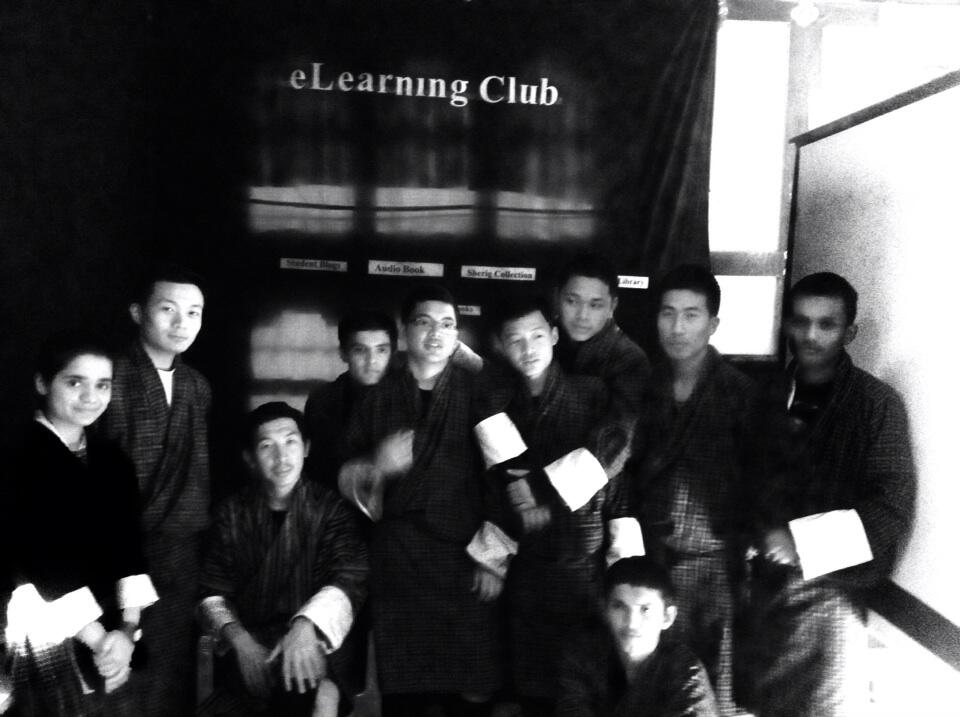And last winter I joined a team of 26 IT faculty in Gelephu to design the ICT curriculum framework. It's the first implementation step of iSherig that DCRD is taking. We spent nearly a month working on the framework that is expected to be timely and timeless, but the big event was not covered by any media and therefore let me briefly share about it.
 |
| ICT Framework Designers. If it fails we are responsible! |
I know it's boring to read about government workshops, but I promise you there are many exciting changes you must note. As of now ICT literacy in school is provided by Chigphen Rigphel Project, which covers every student from Class VII to XII. The project will end in 2015. IT is provided as elective subject in Class IX to XII. In IX and X students are taught Microsoft Applications, and in XI and XII students learn HTML and JavaScript.
In the new Framework:
ICT Literacy will begin in Class IV and end in Class X. Computer Applications as elective in class IX and X is done away with however Elective remains intact in XI and XII.
The curriculum content is broadly divided into four strands:
- Computer Hardware and Applications
- Internet and Services
- Digital Citizenship
- Programming
These four strands will stretch throughout class levels, which means even Computer Programming will begin in class IV. Did I scare you? Well there are child friendly, graphical programming platform for young children, that will lay strong foundation for the future programmers.
By Class VIII students would have finished studying what is currently taught in Class X. They will be designing web pages using HTML, PHP and CSS. They will be recording, editing and publishing audio and video contents on internet. By then every child is expected to own a blog and maintain it as their digital portfolio.
As we let loose our children on the Internet there are various risks that could jeopardize all the good intention therefore one solid strand is put in place to take care of this aspect- digital citizenship. Under this children will be educated on legal and ethical behaviour in use of technology, how to remain secure and to respect others.
It was just the framework, now what goes into the textbook will be decided this winter. If you want to share anything about the ICT curriculum please leave your feedback or advice in my comment box.



